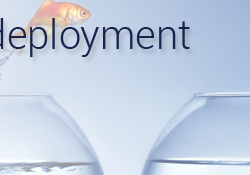Readiness assessment
What is it? Readiness assessment provides a diagnostic model and tools for evaluating how well prepared and aligned the organisation, and the involved personnel, are to adopt the planned change to achieve the organisation strategy.
What it is not? Assessing readiness is not a technique for managing change – it is a diagnostic tool that is used throughout the duration of a change initiative to guide decision-makers on the best next step.
What’s different afterwards? Planned or directed change is widely regarded as difficult. Appropriate use of readiness tools provides insight into the probable success of a change initiative, and what adjustments would improve the likelihood of a successful outcome.









